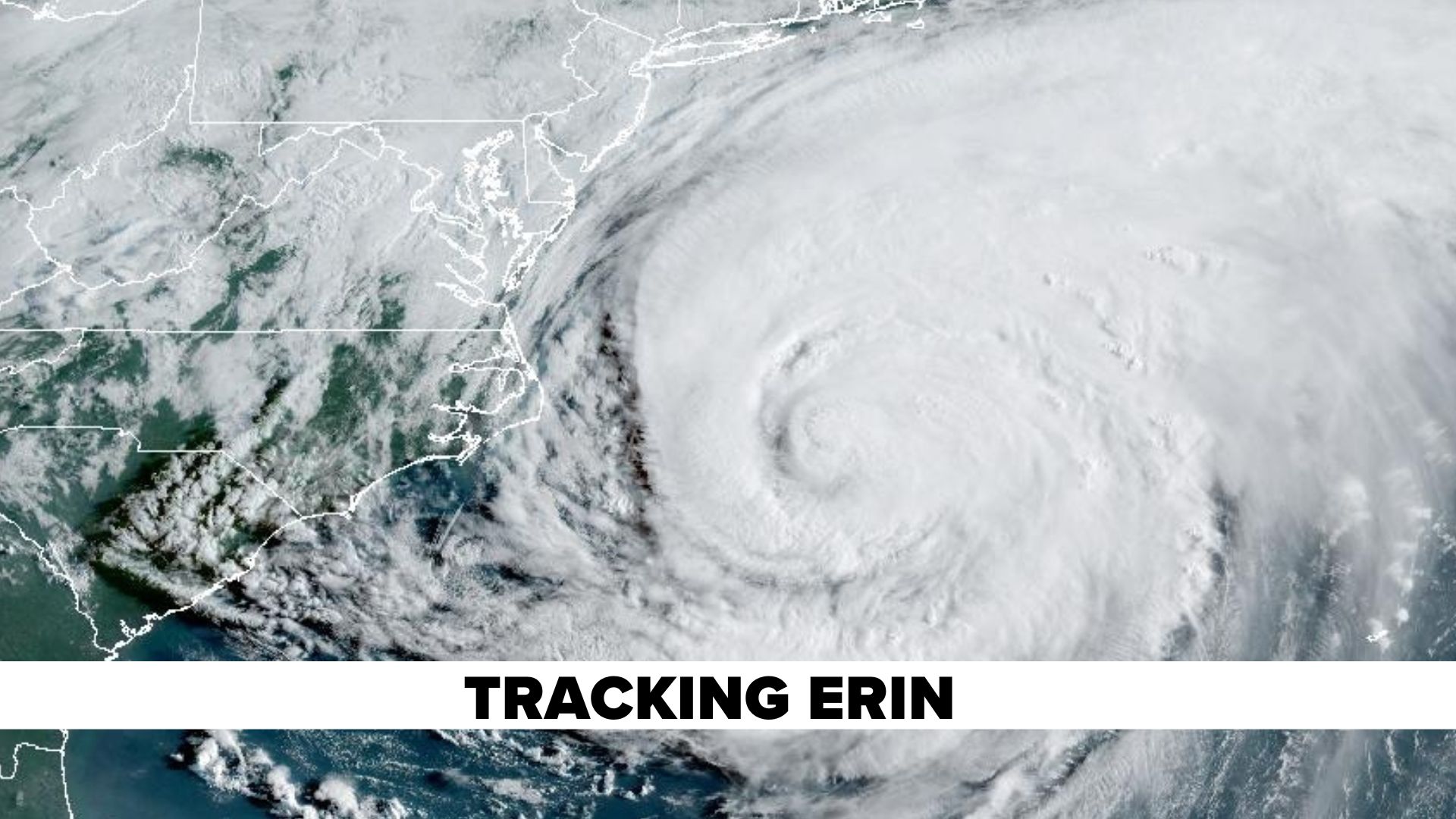What to know about rip current dangers as Tropical Storm Erin nears

Tropical Storm Erin -- which is forecast to strengthen into the first hurricane of the Atlantic season by Saturday morning -- won't have a direct impact on the U.S., but it will bring dangerous rip currents to the East Coast.
Puerto Rico can expect a high risk of rip currents this weekend and into early next week and East Coast beaches will face rip currents from Aug. 21 to Aug. 27.
Here's what you need to know about rip currents and how to stay safe:
A rip current, which flows out toward the ocean, can quickly pull a swimmer away from the shore.

Rip currents usually reach a speed of 1 to 2 feet per second, but some can clock in at 8 feet per second, which is faster than an Olympic swimmer, according to the National Oceanic and Atmospheric Administration.
According to the United States Lifesaving Association, you may be able to spot a rip current by looking for: a difference in water color; a line of foam or debris moving out to sea; or a narrow gap of darker, calm-looking water in between breaking waves.
If you're caught in a rip current, the first step is to flip to your back and float. Staying calm and not exhausting yourself by fighting against the current is essential to avoid drowning, NOAA said.
The age-old advice had been to swim parallel to the sand until you escape the rip current, which is usually less than 80 feet wide, according to NOAA.
But now NOAA says that may not always work, because a rip current could pull you parallel to the shore.

If that is the case, experts say let the current take you out and then flip and float. Once you are calm, determine which way the current is flowing and try to swim perpendicular to that direction, and then when you no longer feel the pull, swim at an angle back to shore. If you can't make the swim, just float until help arrives.
Experts advise looking up water conditions before heading to the beach and, if possible, swimming near a lifeguard.
Rip currents are often strongest at low tide, experts added.






